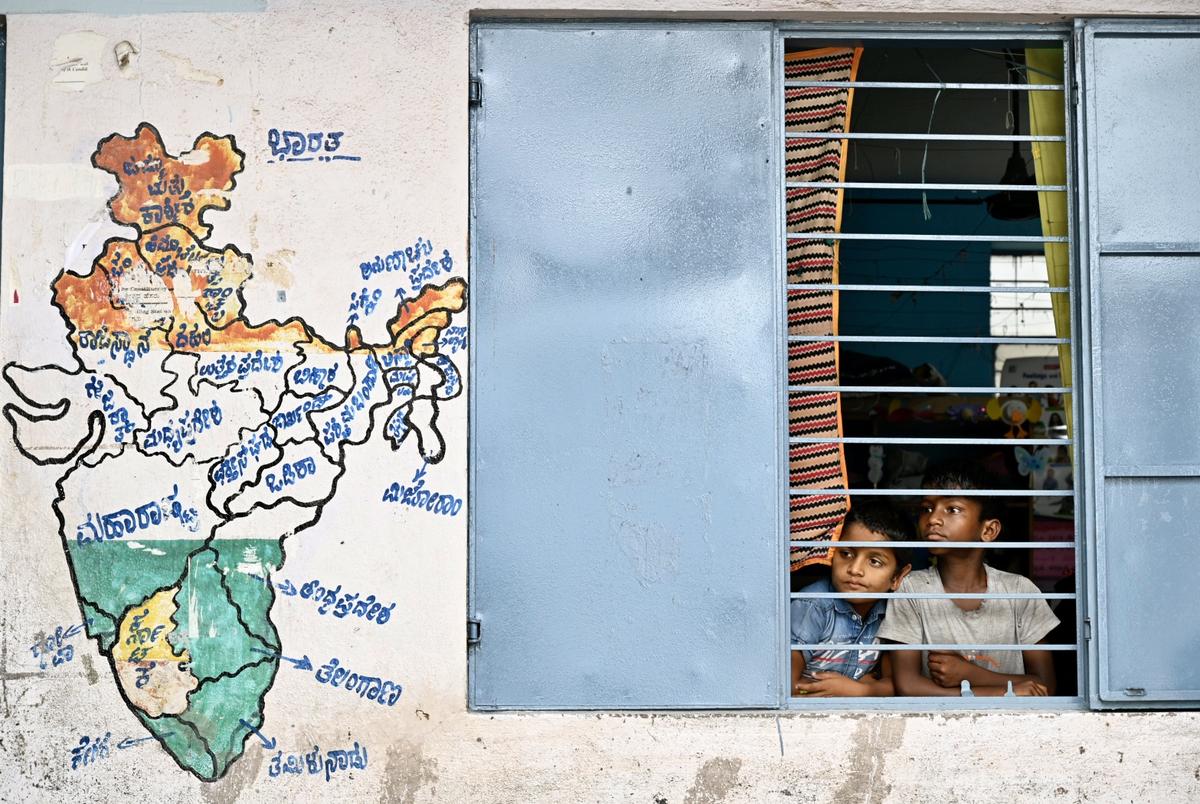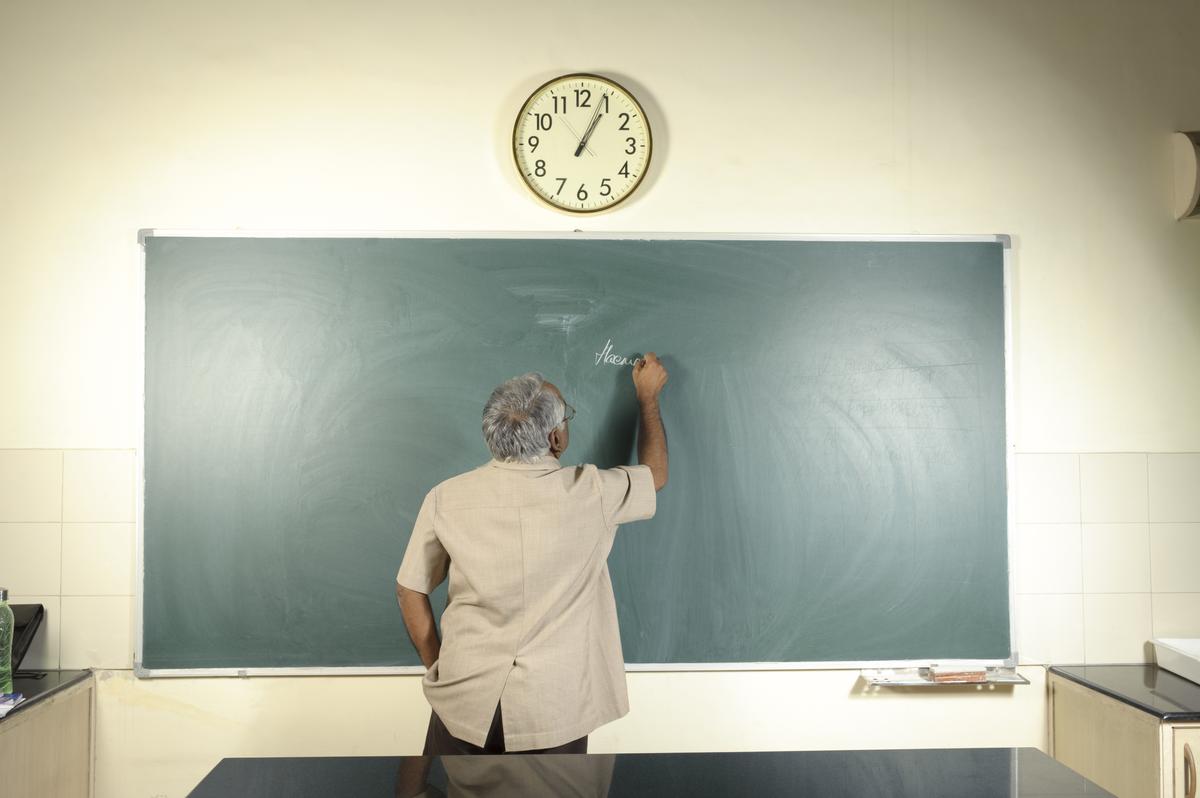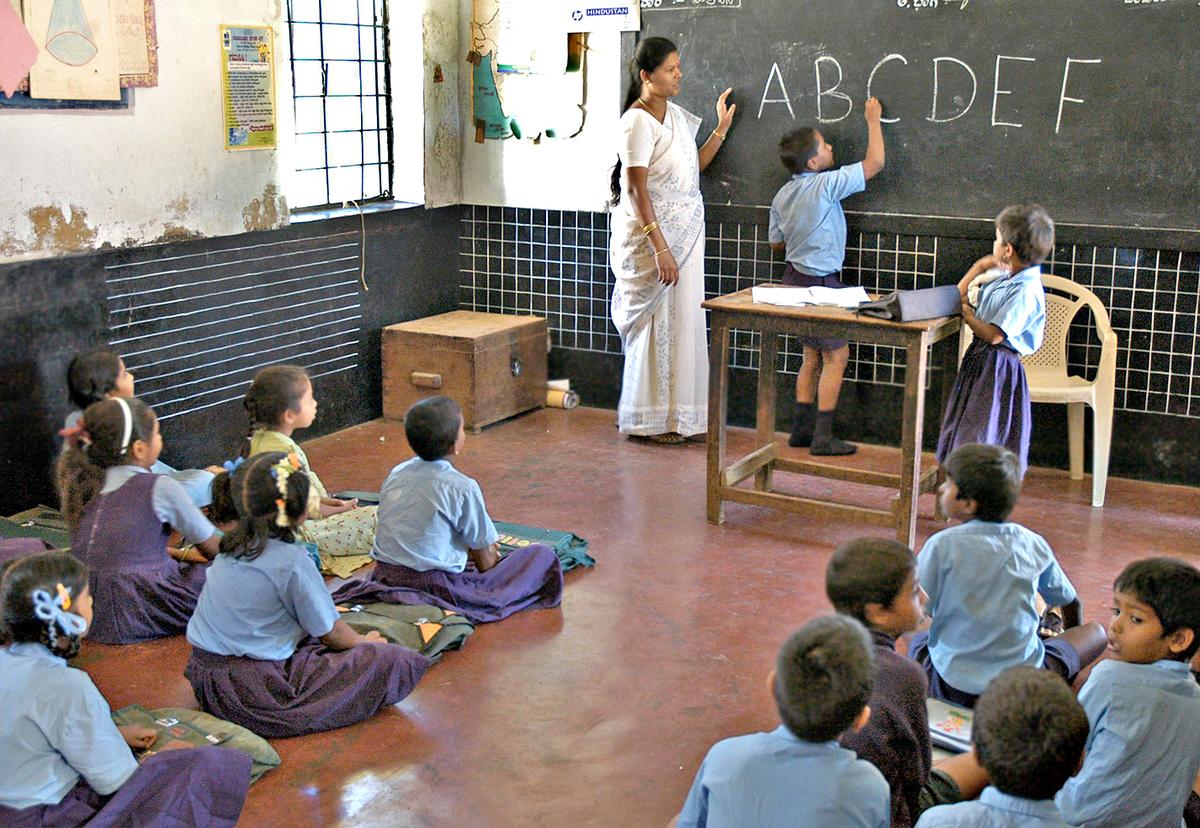A chemistry lecturer in a government-run pre-university college in Hassan has been asked to divide his time between two colleges this academic year. He has been posted to another college for three days a week on deputation to make up for the absence of teachers for this subject there.
This system, he argues, can badly impact learning process in both colleges. “If there is no continuous teaching, especially in science, the students cannot be expected to do well in exams. Since I have been sent on deputation, the academic activities of my parent college are hampered.”
Attempts to make up for massive vacancies in government-run educational institutions in Karnataka, from primary schools to professional colleges and universities, has had a debilitating impact. While guest lecturers and teachers are periodically hired in some, other methods like deputation are also used to make up for vacant posts.
When the National Medical Commission (NMC) rejected the request of the State Medical Education Department to open two new medical colleges in Ramanagara and Kanakapura of Bengaluru South district (formerly Ramanagara) for the year 2025-26, one of the key reasons cited was the shortage of teaching faculty.
The final report of the State Education Policy (SEP), recently submitted to the State government, also made a specific mention of “a large number of vacant teaching posts for many years” as the reason for the decline in the quality of education.
Ironic situation
A teacher busy with her job at Sri Atal Bihari Vajpayee Govt. Model Primary School at Kamalanagar in Bengaluru on Wednesday.
| Photo Credit:
SUDHAKARA JAIN
Karnataka is seen as a hub of education and boasts of institutions at the national and international level such as the Indian Institute of Science (IISc), the National Law School India University (NLSIU), and the Indian Institute of Management Bangalore (IIMB). The State’s educational institutions are the first priority for higher education of students from India and abroad.
However, ironically, a whopping 85,495 teaching posts are vacant across government-run educational institutions in Karnataka, when those coming under Departments of School Education and Literacy (DSEL), Higher Education, Technical Education, Medical Education, and 32 public universities across the State are taken into account. Out of 2,85,103 teaching posts sanctioned, only 1,99,608 have been filled.
While this gap in most places is made up by “guest faculty”, this year, there has been a delay in even these appointments in colleges owing to a pending court case that has questioned the qualifying criteria.
On the other hand, while there has been much talk on the need to bring education up to speed with emerging technologies, no posts have been created for teaching courses such as Artificial Intelligence (AI), Robotics, Machine Learning (ML), and such others that are seen as key sectors in the days to come.
In schools
While free and compulsory education has been promised for all children between the ages of 6 and 14 under the Right to Education Act, 2009, the shortage of teachers is a major obstacle in providing this basic education in government schools.
According to the data of DSEL, there are a total of 46,776 government schools, including 41,905 primary schools and 4,871 high schools, with about 52 lakh students. Though the State government has sanctioned 2,32,937 teacher posts, 61,525 are vacant.

While free and compulsory education has been promised for all children between the ages of 6 and 14 under the Right to Education Act, 2009, the shortage of teachers is a major obstacle in providing this basic education in government schools.
| Photo Credit:
file photo
To make up this shortage, the process of transfer and reassignment of excess teachers for the current academic year is under way, and 43,526 guest faculty members have been appointed for the vacant posts.
Madhu Bangarappa, Minster for School Education and Literacy, said that the process of filling these posts is under way. “Around 14,499 graduate primary teachers have been recruited in 2024. In the current year Budget, the Chief Minister has announced of recruiting for 5,267 teaching posts in Kalyana Karnataka and 5,000 in other regions.”
The situation in colleges is no different. In the 1,229 government pre-university (PU) colleges in Karnataka, with a total of 12,923 lecturer posts sanctioned, only 8,150 have been filled with permanent teachers. In the 430 government-run first grade colleges running under the Collegiate Education Department, not a single post among the sanctioned 374 grade-1 principal and 38 grade-2 principal posts have been filled.
M.C. Sudhakar, Minister for Higher and Technical Education, said that the process is under way to remedy this. “Since the number of emerging courses has increased, steps will be taken to sanction additional posts accordingly. In addition, the process of recruiting 310 principal posts in government first-grade colleges is already in the final stage,” he said.
The situation in colleges is particularly dire this year owing to an ongoing court case that has halted the process of hiring even guest faculty.
Earlier, the government had appointed about 10,500 guest faculty members to meet the shortage in degree colleges. Some guest lecturers had approached the High Court to make University Grants Commission (UGC) norms mandatory for the appointment of guest faculty in degree colleges. The court, in its verdict in September, 2024, ordered that only candidates who fulfilled the UGC norms should be appointed, Following this, more than 5,500 candidates without NET, K-SET, and PhD qualifications lost their posts.

The government has filed an appeal in this regard, and the case is still pending. Therefore, even though classes have started in degree colleges for the year 2025-26, guest faculty have not been appointed so far. “A verdict is expected by the end of September and action will be taken to appoint guest faculty soon,” Sudhakar explained.
Languishing universities
State-run universities under the Higher Education Department too are languishing without permanent teachers. There are 32 public universities in Karnataka, with a total of 5,653 teacher posts sanctioned, of which only 2,171 have been filled. In addition, out of the 6,205 non-teaching posts sanctioned, only 1,679 have been filled.
Notably, none of the teaching posts sanctioned to the recently started universities in Kodagu, Bagalkot, Haveri, Chamarajanagar, Hassan, Mandya, and Koppal are filled. Similar is the situation in Dr. B.R. Ambedkar School of Economics University-Bangalore, Maharani Cluster University, Nrupathunga Cluster University, and Dr. Gangubai Hangal Music and Performing Arts University, Mysuru. There are 219 teaching posts vacant in the State’s oldest university, the University of Mysore.
What is more, the post of Vice-Chancellor (VCs) is vacant in Gulbarga University, Bangalore City University, Karnataka State Dr. Gangubai Hangal Music and Performing Arts University, and Maharani, Nrupathunga and Mandya Cluster Universities.
“A Cabinet sub-committee headed by Deputy Chief Minister D.K. Shivakumar has held several meetings and discussed the issue of filling up the vacant posts in State-run universities,” said Sudhakar.
Technical education
While Karnataka prides itself as a hub of technical education, a large number of teaching posts remain vacant in government engineering colleges and polytechnics under the Technical Education Department.

While this gap in most places is made up by “guest faculty”, this year, there has been a delay in even these appointments in colleges owing to a pending court case that has questioned the qualifying criteria.
| Photo Credit:
file photo
There are 109 government polytechnics in the State, and as per the All-India Council for Technical Education (AICTE) norms, there should be 3,438 teaching posts. However, of the government-sanctioned posts of 3,023, only 1,727 posts have been filled. A total of 17 government engineering colleges should have 1,020 teaching posts as per AICTE rules. But, the government has sanctioned only 765, of which only 332 posts have been filled.
In nine engineering colleges and 27 polytechnics, no teaching post has been filled with permanent faculty and they run only with guest faculty. Principals of nearby technical colleges have been given the responsibility of administration.
The Technical Education Department faces a peculiar problem of the Cadre and Recruitment (C&R) Rules not being framed for about 16-17 years. “Our government is framing the rules for the first time. The Chief Minister has announced in this year’s Budget to fill 2,000 posts in the Collegiate and Technical Education Department,” said Sudhakar, adding that a meeting had been held with the Finance Department and senior officials regarding the filling of vacant posts.
Medical education
The absence of permanent teachers has, for medical education, meant a roadblock to sanctioning new colleges. There are 22 government medical colleges in Karnataka with 21,860 sanctioned posts. Out of these, only 9,413 have been filled.
While NMC has not sanctioned any new government colleges to the State this year owing to non-filling of vacancies, it had issued show cause notices to all 22 government medical colleges for not meeting criteria including filling up posts. It had imposed penalty on 16 government medical colleges in the range of ₹2 lakh to ₹16 lakh in the year 2024-25.
With the internal reservation issue now resolved, action will be taken to fill the vacant posts in government medical colleges, promised Sharanprakash Patil, Minister for Medical Education.
Declining standards
Absence of quality faculty is cited as one of the reasons for declining standards of education on the whole.
For example, the impact is visible in SSLC results. “There are a large number of guest teachers in government schools, who are not trained as regular teachers. Moreover, there is no official criteria for their selection. This is significantly affecting the quality of education. For example, while the class 10 and 12 results in Central curriculum schools is above 80% every year, the SSLC and II PU results in State curriculum schools have failed to reach 75% in the three annual examinations,” pointed out Umesh G. Gangavadi, State president, School Development Monitoring Committee (SDMC).
On the other hand, Karnataka’s universities and degree colleges are not doing well in the National Assessment and Accreditation Council (NAAC) national ranking. NAAC has given three reasons for this: scarcity of teaching staff, quality of the teaching, and lack of infrastructure. The commission recommended that about 20,000 posts which are vacant in the higher education sector in Karnataka should be filled within five year. It argued against the very concept of guest lecturers in higher education institutions.
The declining enrolment in State universities is also a warning sign. “Despite having excellent campuses and infrastructure, the quality in universities is declining owing to a shortage of teaching faculty. Due to this, students and parent prefer to go for private universities. Most of the people studying in public universities are SC, ST, and OBC students. This year, students did not enrol in nine departments of the University of Mysore. Therefore, the entrance test has been cancelled for 20 courses and only around 5,000 applications have been received for admission to PG courses. Shortage of faculty also affected research activities,” said the Vice-Chancellor of a public university.
Former Higher Education Minister and former chairman of the Karnataka Legislative Council B.K. Chandrashekar observed that neglect of public universities is a trend observed across India over the past few years. “Due to this, private universities are profiting. Public universities are the backbone of higher education for the poorest of poor in society,” he said, underlining the need for a law that guarantees “Right to University Education.”
He also suggested that instead of establishing universities in every district, the focus should be on filling vacancies in existing ones and strengthening them.





















